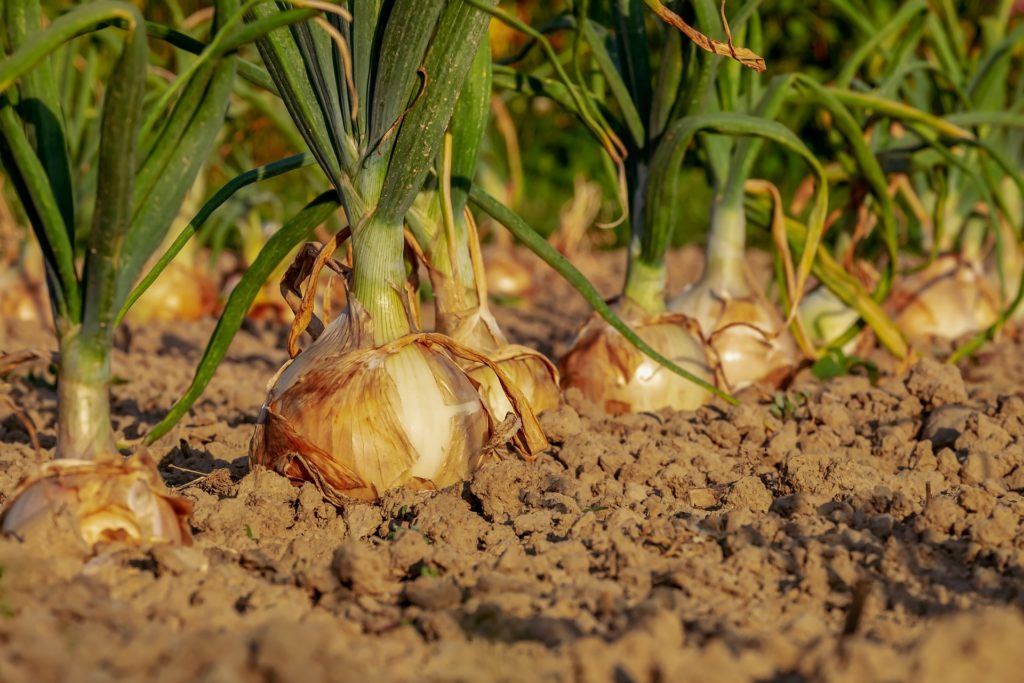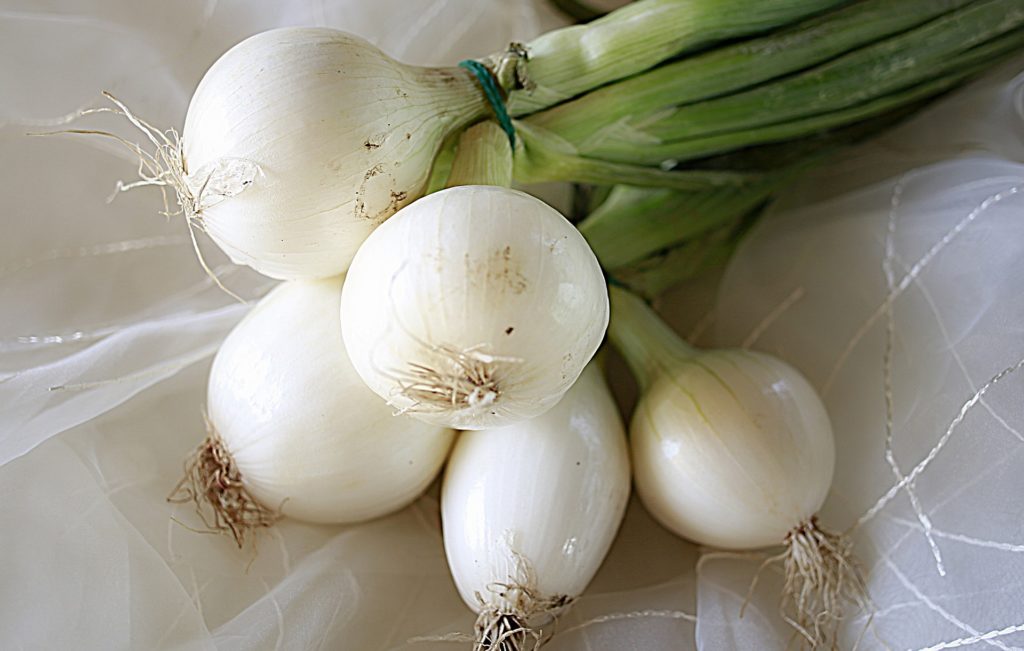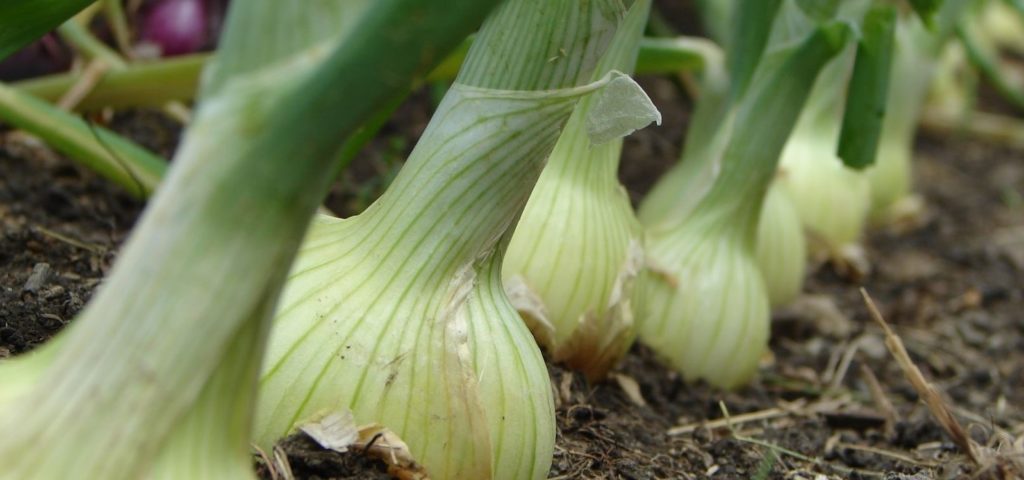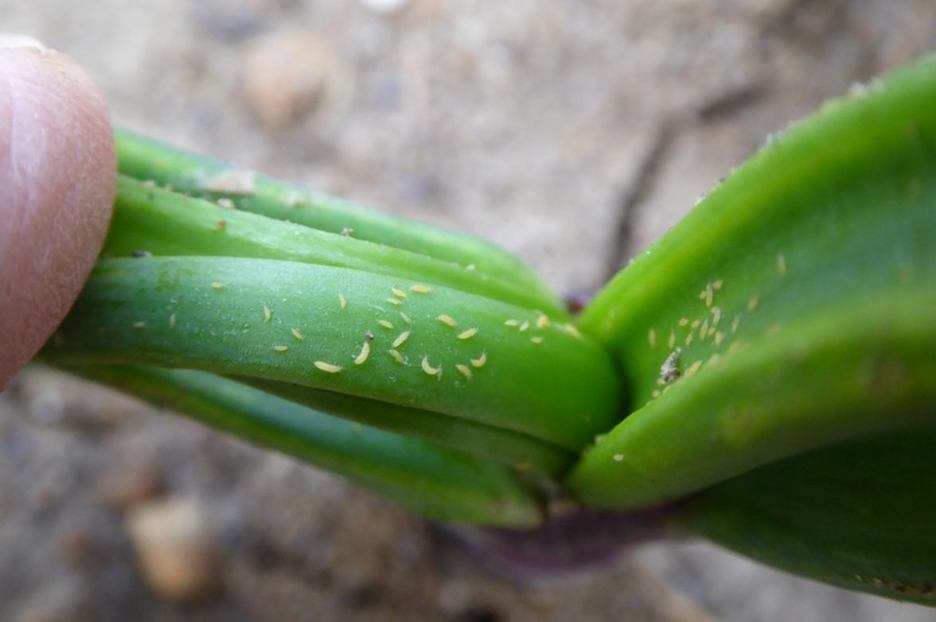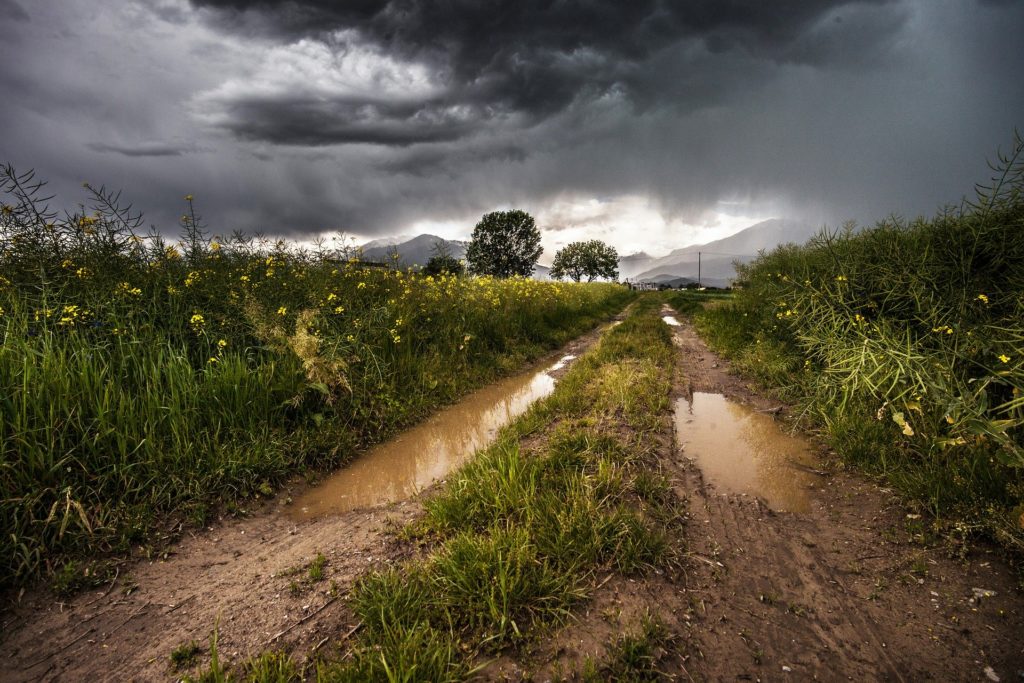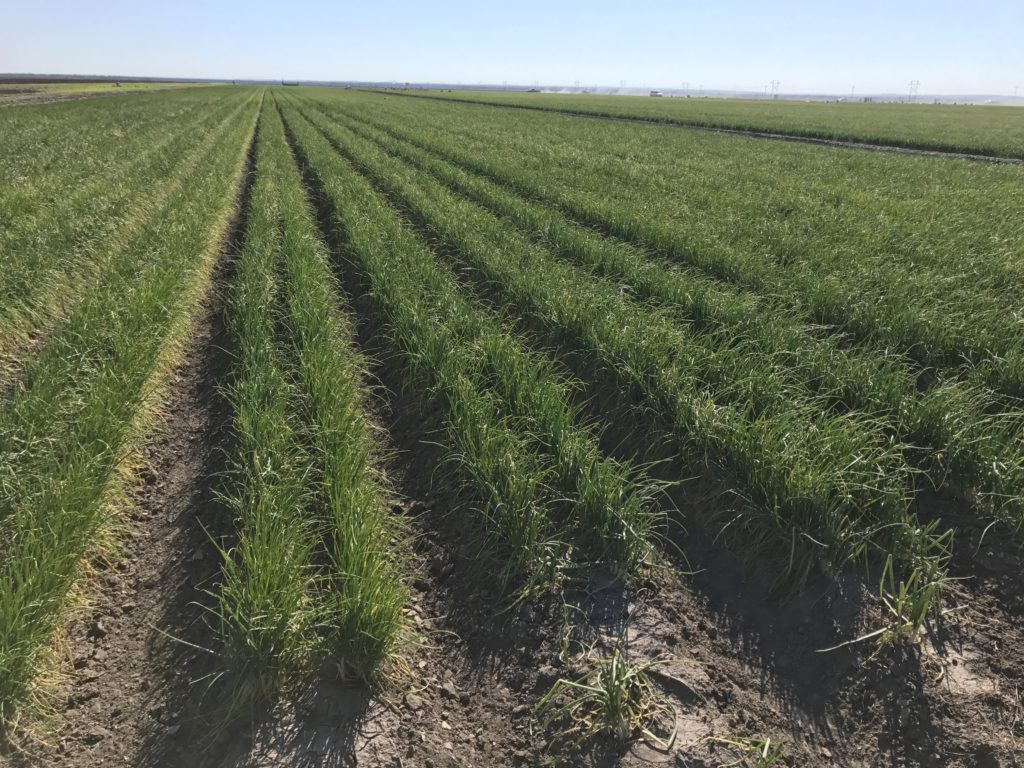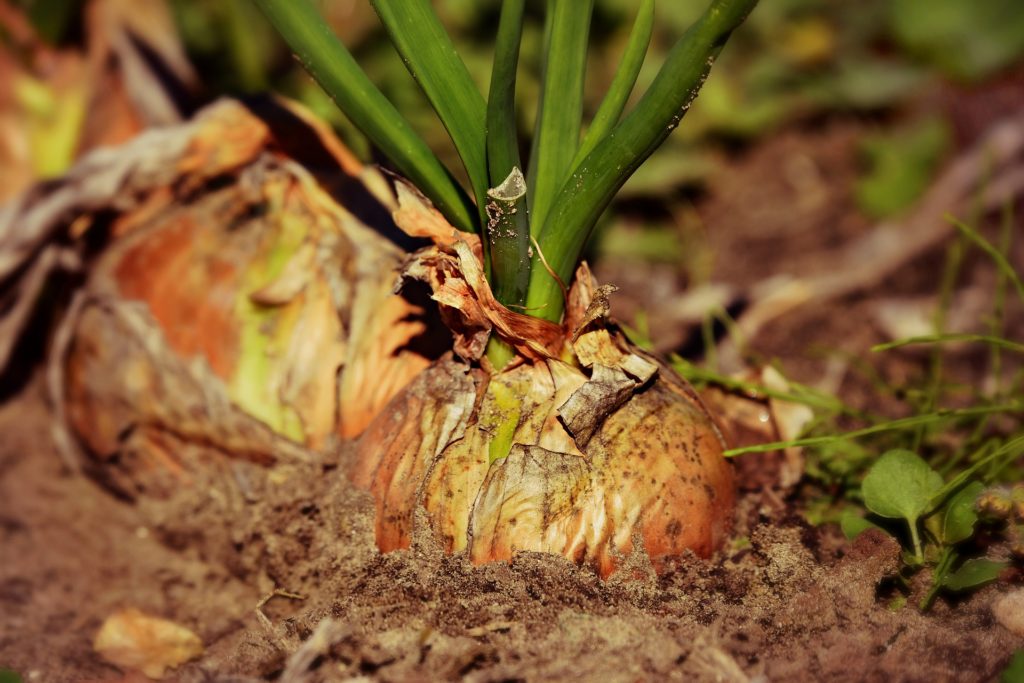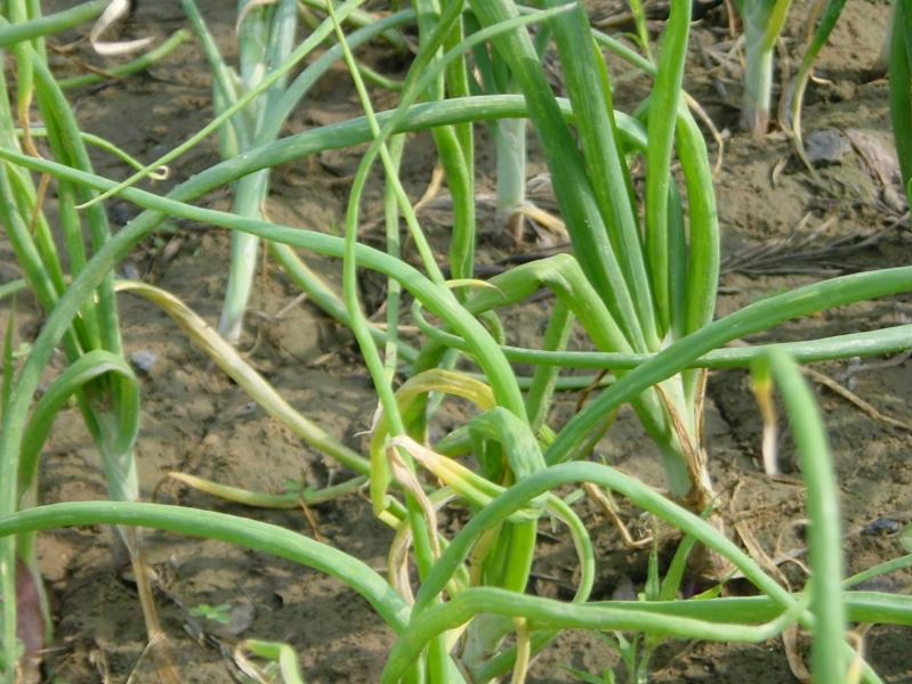Being Proactive Against Fungal Disease in Onions
Many growers have been lucky and rarely dealt with disease, but this season is not one of them. One way to maximize your crop’s potential is to be proactive about onion disease prevention. Unfortunately, once disease is discovered, often it may be too late to…
What to Know About Fall Onions
Planting For Fall Harvest? If you plant onions now, they’ll start bulbing (pushing away the surrounding soil) very soon, even though the onions have not fully developed. This is because bulbing is triggered not by plant size, but by daylength. Spring planting allows time for…
Reaching Full Onion Bulb Potential
Most Dixondale Farms customers strive to grow the largest onions possible. Providing your plants with enough space to bulb is crucial starting from the day you plant your onions. We recommend planting your onions no more than 1/2 to 1 inch deep and 4 inches apart. These…
Thrip Management
Warmer weather can sometimes bring unwanted pests in the garden. Thrips are the most damaging insects to the leaves of onions. They thrive when conditions are hot and dry. Cool weather slows their development, and heavy rain or overhead irrigation can significantly lower the population….
Bolting: Causes and Prevention
Bolting in Alliums Bolting can be a problem with onions, leeks, and related species, and generally occurs in response to cold weather stress. Sustained temperatures of less than 45° F may result in bolting with as few as five leaves present. If the temperature falls…
Expecting Rain?
Recently, we have received quite a few phone calls from customers that are experiencing wet, rainy weather in their parts of the country. Some of these customers are just planting, while others are asking should they harvest before or after the rain passes. Keeping Your…
Best Onion Varieties for Your Area
One of the keys to successful onion growing is planting varieties that are suitable for your geographic area. Onions are bred for each growing area based on daylength, or the number of hours of daylight needed for maturity. The country is divided into three basic daylength types that…
Avoiding Onion Diseases at All Growing Stages
Those of our customers that are in the southern parts of the country are nearing harvest, while customers in the north are only several months into your growing season. No matter what stage your onions are at, preventing onion diseases is crucial for a successful…
Common Micronutrient Deficiencies in Onions
Are your tops falling prematurely? Manganese and zinc deficiencies are the most common problem that causes tops to prematurely bend over or become disfigured. Tops falling over prior to the bulb reaching maturity can result in decreased yields. Common onion deficiencies Onions are very sensitive…

